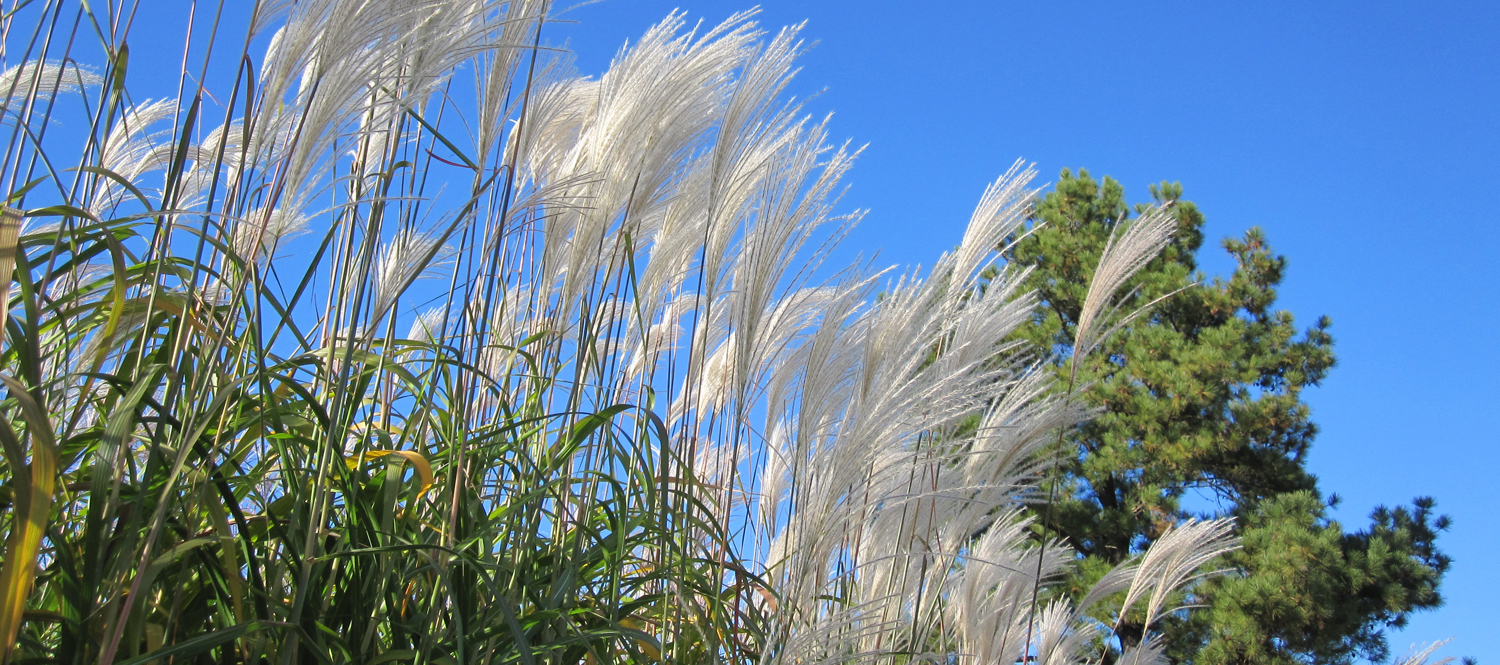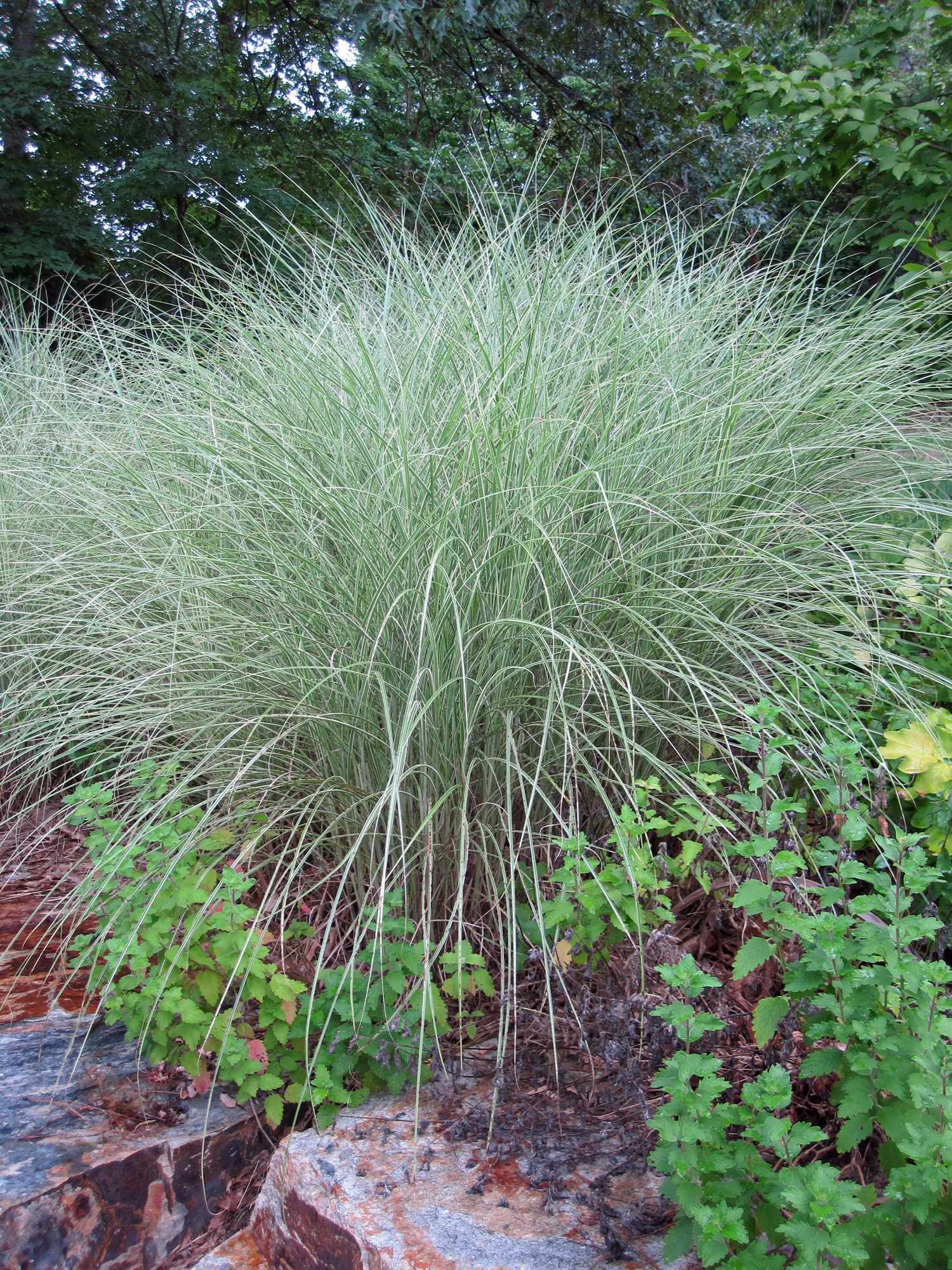Quick Look
Native to Asia, Miscanthus has been an icon in Europe and North America for well over a hundred years. The lush plumes and arching foliage have inspired generations of plant breeders. An abundance of cultivars makes it possible to find a Miscanthus for a range of landscapes. And they make stunning plants for containers.
Grow this genus in full sun for best results and resist over fertilizing. If reseeding is a concern, choose late blooming cultivars. The shorter growing season inherent in cold climates also reduces or eliminates unwanted seed germination. To help choose the best cultivars for your needs, download our Miscanthus Comparison Chart.




